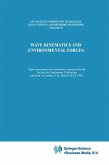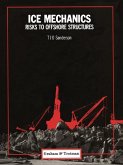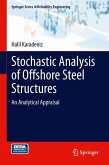The purpose of this monograph is to show how a compliant offshore structure in an ocean environment can be modeled in two and three di mensions. The monograph is divided into five parts. Chapter 1 provides the engineering motivation for this work, that is, offshore structures. These are very complex structures used for a variety of applications. It is possible to use beam models to initially study their dynamics. Chapter 2 is a review of variational methods, and thus includes the topics: princi ple of virtual work, D'Alembert's principle, Lagrange's equation, Hamil ton's principle, and the extended Hamilton's principle. These methods are used to derive the equations of motion throughout this monograph. Chapter 3 is a review of existing transverse beam models. They are the Euler-Bernoulli, Rayleigh, shear and Timoshenko models. The equa tions of motion are derived and solved analytically using the extended Hamilton's principle, as outlined in Chapter 2. For engineering purposes, the natural frequencies of the beam models are presented graphically as functions of normalized wave number and geometrical and physical pa rameters. Beam models are useful as representations of complex struc tures. In Chapter 4, a fluid force that is representative of those that act on offshore structures is formulated. The environmental load due to ocean current and random waves is obtained using Morison's equa tion. The random waves are formulated using the Pierson-Moskowitz spectrum with the Airy linear wave theory.








